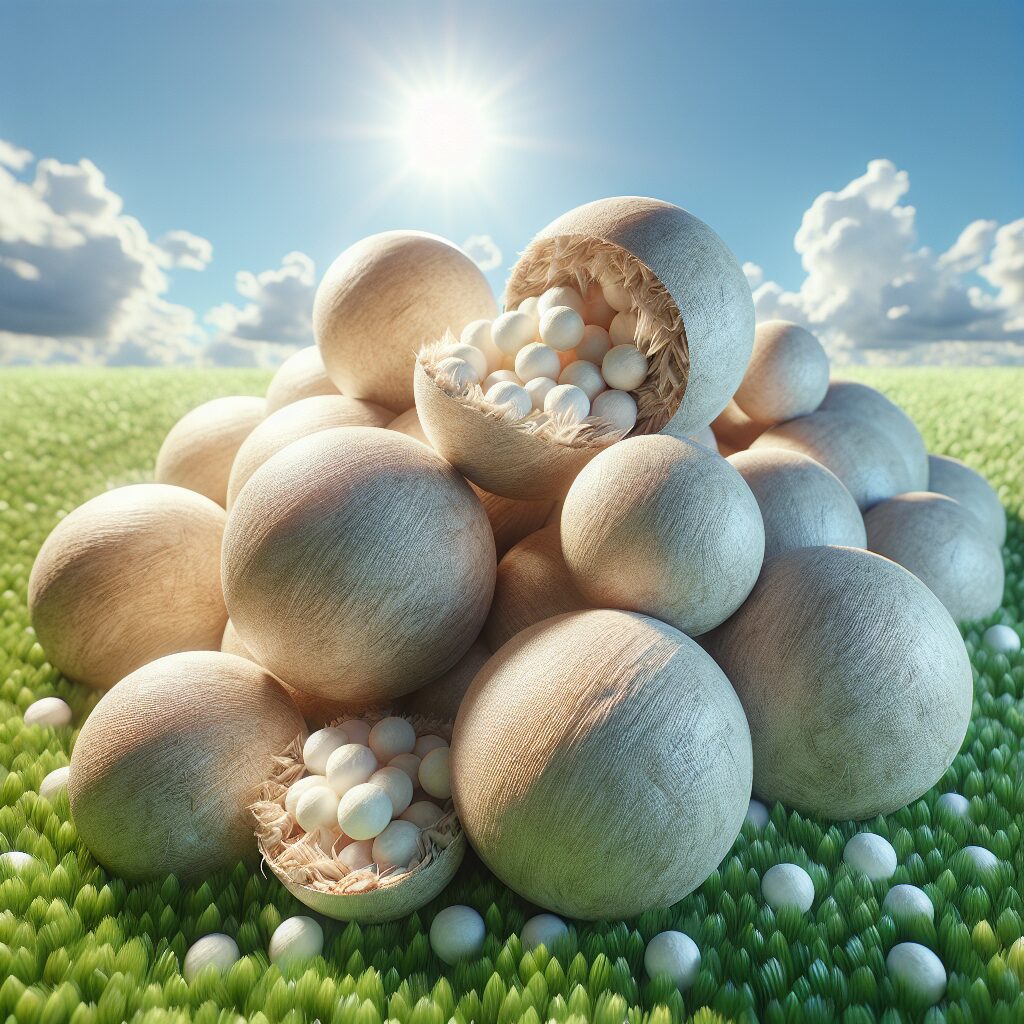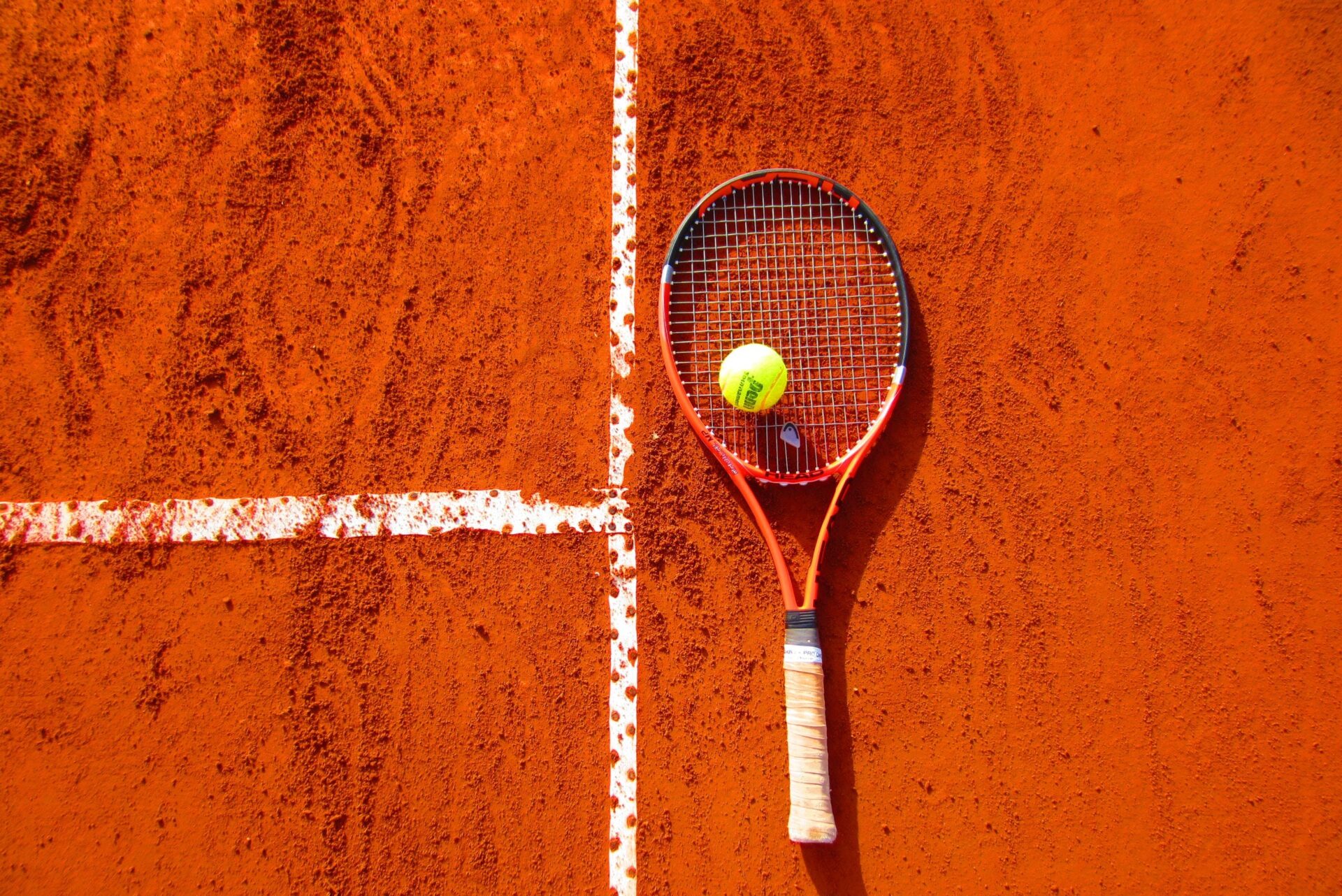Biodegradable balls are a revolutionary solution that offers a significant step towards sustainability. In simple terms, these balls are designed to naturally break down and decompose over time, without leaving behind any harmful residues or pollutants. What sets them apart is their ability to seamlessly blend with the environment, reducing the burden on landfills and contributing towards a greener future.
One of the most noteworthy impacts of biodegradable balls lies in their use within the agricultural industry. These balls, often made from materials like natural rubber or biopolymers, can be filled with beneficial substances such as fertilizers or pesticides. When placed in the soil, they gradually release these substances, ensuring a slow and steady distribution over time. This not only minimizes the risk of pollution or overdosing but also increases the efficiency of nutrient absorption by plants.
Moving on to their unique features, biodegradable balls also find an application in water conservation. For instance, when used in reservoirs or lakes, these balls can act as a barrier between the water surface and the surrounding atmosphere. This helps to reduce water evaporation, controlling the loss of this precious resource. Additionally, the balls can prevent the growth of algae by blocking sunlight, thus maintaining a healthier and cleaner water ecosystem.
As we dive deeper into this article, we will uncover the key takeaways of biodegradable balls. We will explore their potential benefits in various industries, such as agriculture, water management, and even recreational activities. Furthermore, we will discuss the challenges they face concerning scalability and cost-effectiveness, along with potential solutions. Stay tuned to discover how these innovative balls are shaping the path towards a more sustainable future.
Key Takeaways
1. Biodegradable balls offer a potential solution to sustainability challenges, especially in water conservation and waste reduction efforts. Made from renewable materials, these balls can help address problems related to water evaporation and toxic gas emissions in water reservoirs.
2. Biodegradable balls can be used to reduce evaporation in water reservoirs as they create a physical barrier on the water’s surface, reducing exposure to sunlight and minimizing water loss. This technology has been successfully tested in dry regions like California, where it has shown promising results in conserving water resources.
3. These balls also help inhibit the growth of harmful algae in water reservoirs. By blocking sunlight, the balls prevent photosynthesis in the water, reducing the availability of nutrients for algae to thrive. This serves as a natural and eco-friendly method to control harmful algal blooms and maintain water quality.
4. The production process of biodegradable balls typically involves using materials like biopolymers, which are derived from plants or other renewable sources. This reduces dependence on fossil fuels and lowers the environmental impact compared to the production of traditional plastic balls.
5. Biodegradable balls offer additional benefits beyond water conservation. They can be used in other applications such as agriculture, where they act as protective covers for fruits or soil erosion prevention. This versatile and environmentally friendly approach has potential for widespread adoption to address sustainability challenges in various industries.
Are Biodegradable Balls the Solution to Sustainable Living?
What Are Biodegradable Balls?
Biodegradable balls, also known as eco-friendly balls or sustainable balls, are innovative products designed to minimize environmental impact. These balls are made from biodegradable materials that can naturally break down over time, reducing pollution and waste.
The Advantages of Biodegradable Balls
Using biodegradable balls offers numerous benefits for sustainability efforts. Firstly, they help reduce plastic pollution since they decompose naturally and do not contribute to the accumulation of non-biodegradable waste. Secondly, these balls tend to be non-toxic, eliminating the risk of harmful chemicals leaching into the environment. Lastly, their production often involves renewable resources, making them a more sustainable alternative.
Applications of Biodegradable Balls
Biodegradable balls have a wide range of applications across various industries. In agriculture, they are used as alternatives to plastic mulch films, reducing soil contamination and promoting healthier plant growth. In water bodies, these balls are employed for lake restoration projects, preventing the growth of algae and maintaining balanced ecosystems. Additionally, they can be used in packaging, sports equipment, and other areas where traditional plastic materials are commonly used.
The Challenges and Potential Solutions
While biodegradable balls offer great potential for sustainability, there are challenges to address. One issue is the lack of standardized labeling and regulations, making it difficult for consumers to identify truly eco-friendly options. Additionally, proper disposal methods must be established to ensure these balls reach the appropriate decomposing facilities. Collaborations between manufacturers, policymakers, and consumers are essential to overcome these challenges and promote the widespread adoption of biodegradable balls.
Conclusion
In conclusion, biodegradable balls serve as a promising step towards sustainability. These eco-friendly alternatives provide numerous benefits, such as reducing plastic pollution and minimizing the use of toxic materials. With proper regulations and collaborative efforts, biodegradable balls can become a significant contributor to a greener and more sustainable future for our planet.
- Ensure the biodegradable balls you choose are certified and meet established eco-friendly standards.
- Dispose of used biodegradable balls properly by sending them to dedicated composting facilities.
- Consider using biodegradable balls in various applications, including agriculture, water restoration, and packaging.
- Spread awareness about the benefits of biodegradable balls and encourage their adoption in your community.
- Stay informed about the latest developments in biodegradable technology and advocate for stronger regulations in the industry.
Guidelines for Using Biodegradable Balls Effectively:
Frequently Asked Questions
1. What are biodegradable balls?
Biodegradable balls are eco-friendly alternatives to traditional plastic balls. These balls are designed to decompose naturally and quickly, without leaving behind harmful residues or pollutants.
2. How do biodegradable balls contribute to sustainability?
Biodegradable balls play a vital role in promoting sustainability as they help reduce plastic waste and its negative impact on the environment. By using these balls, we can decrease our reliance on non-renewable resources and minimize pollution.
3. How long does it take for biodegradable balls to decompose?
The decomposing time of biodegradable balls can vary depending on the specific materials used and environmental conditions. Generally, biodegradable balls take anywhere from a few weeks to several months to fully decompose.
4. Are biodegradable balls suitable for all sports and recreational activities?
Yes, biodegradable balls are designed to be suitable for a wide range of sports and recreational activities. Whether you’re playing soccer, tennis, golf, or any other sport, biodegradable balls can provide a sustainable alternative without compromising performance.
5. Can biodegradable balls be used in water?
Yes, many biodegradable balls are specifically designed to be water-resistant, making them suitable for water-based sports like swimming or water polo. These balls maintain their integrity in water and biodegrade once disposed of correctly.
6. Are biodegradable balls as durable as traditional plastic balls?
While biodegradable balls may not have the same longevity as traditional plastic balls, they are still designed to be durable enough for regular use. Manufacturers strive to find a balance between durability and eco-friendliness to ensure the balls perform well while minimizing their environmental impact.
7. Where can I purchase biodegradable balls?
Biodegradable balls can be found at many sports equipment stores, eco-friendly retailers, and online marketplaces. It’s important to ensure that you are purchasing from reputable sources that adhere to sustainable practices.
8. Can I use biodegradable balls interchangeably with traditional plastic balls?
In most cases, yes. Biodegradable balls are designed to have similar characteristics and performance as traditional plastic balls. However, it’s essential to read the specific product instructions or consult with the manufacturer to ensure proper usage and compatibility.
9. How much do biodegradable balls cost compared to their plastic counterparts?
Biodegradable balls may be slightly more expensive than traditional plastic balls due to the additional manufacturing processes and eco-friendly materials used. However, the price difference is often minimal, and considering the positive environmental impact, it’s a worthwhile investment.
10. Can biodegradable balls be recycled?
While some biodegradable balls are recyclable, it’s crucial to check the packaging or consult with the manufacturer for proper recycling instructions. Recycling practices can vary depending on the specific materials used in the balls.
Final Thoughts
The introduction of biodegradable balls represents a significant step towards sustainability in the realm of sports and recreation. By transitioning from traditional plastic balls to these eco-friendly alternatives, we can minimize our carbon footprint and contribute to a greener future.
However, it’s important to note that biodegradable balls are just one piece of the puzzle in achieving overall sustainability. It’s crucial for consumers, manufacturers, and policymakers to continue exploring and implementing sustainable practices in all aspects of our lives to create a truly eco-conscious society.




